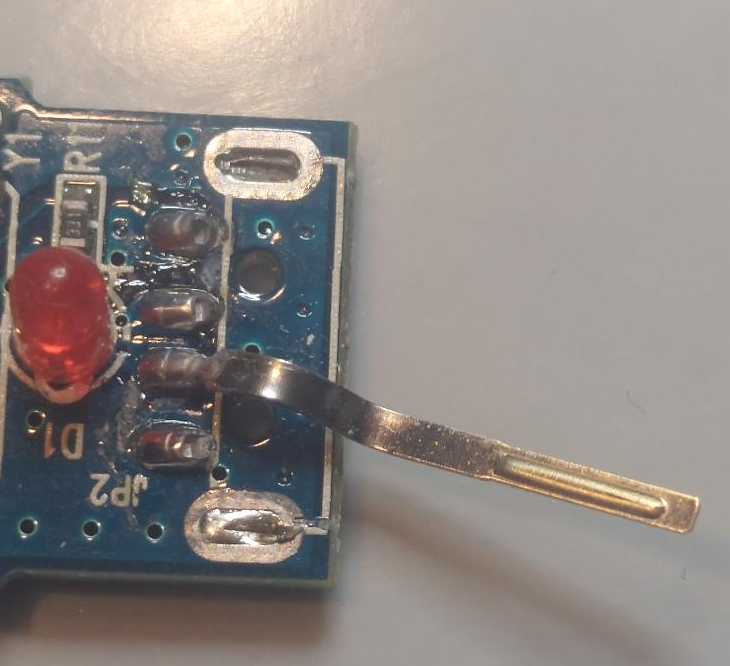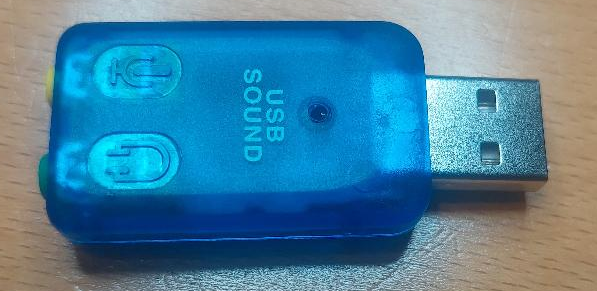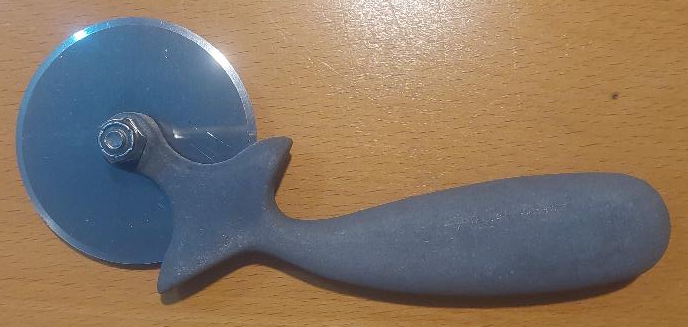It is actually quite odd that despite my first computer being an Apple computer I refuse to purchase any of their devices. This is actually is more due to Apple’s stance on creating a walled garden that makes it difficult or impossible to install software that is not on Apple’s “nice list”.
To be quite honest, I am not all that daring and probably would be happy with the software that is available in their online repository but I don’t like being told how I can use the product that I purchased. Because of this it is easier and easier to become disillusioned at the current state of consumer products, and this is not limited to Apple products.
It was not all that long ago you could own a top end smartphone with an audio jack which could be used for listening to music. You could then purchase a “cheap” set of headphones ranging from ear buds to a full over the ear experience. If you sat on them or wound the wire up too many times so they no longer worked you could then purchase a new pair . This is completely different than the current trend towards wireless ear buds that come in pairs, last for a relatively short period of time and then must be replaced as the rechargable batteries cannot be replaced. To make matters worse, these wireless ear buds, although cool, are quite pricy.
Following this theme, the Samsung Galaxy from a few generations ago made it possible to take the back off of your phone and purchase a new battery – you didn’t even need any tools. That “fix” doesn’t actually offer any new functionality that you might receive when purchasing a new phone but it does extend the life of your phone. You can use it more than two years, this allows you to pass it on to a friend or perhaps to a teenager. (cough cough, perhaps as a starter phone for your 10 year old).
A broken device
A few years ago I used a headset with my laptop and I somehow managed to break the audio jack plug. I was lucky, the laptop was under warranty but it was inconvenient to loose the computer for a few weeks while it was circling the globe getting repaired. Because of that experience I purchased a USB converter so this wouldn’t happen again.

After years of service it just broke. This item is can be replaced for anywhere from 6 – 10 dollars, and perhaps the replacement is even in higher quality than the original. In almost all cases this particular item would be cheaper to purchase than to get it repaired. Yet this is exactly the same line of thinking that seems to endemic to the repair of many of our daily devices. I have never heard of anyone fixing a blue ray player, tablet, or television despite the fact they are much more expensive.
Weighing the cost of repair vs a new item with warranty can be tough, but it seems that the manufacturers have put their thumb on the scale. More and more manufacturers are making these devices more difficult to repair by how they are constructed, the impossibility to get repair manuals as well coercing their parts suppliers to not sell those replacement parts. Sometimes the reasoning is the condescending statement that “the parts are too small” or “that only an authorized personnel” can make the fix.
Indeed electronics have moved from giant tubes to parts that are not much larger than a letter in this article. I respect that the repair might be challenging or impossible for the average person but the parts and manuals should not be forbidden. As the product owner, I should be able to try and fail, just as the professional repair personnel should not be forced to reverse engineer and scavenge parts from old devices just to repair an item.

Just because a repair could be difficult for some should not prevent us all from being able to make the attempt. Some items are just not that complicated.

Fixing items big or small saves some money but also saves the world

